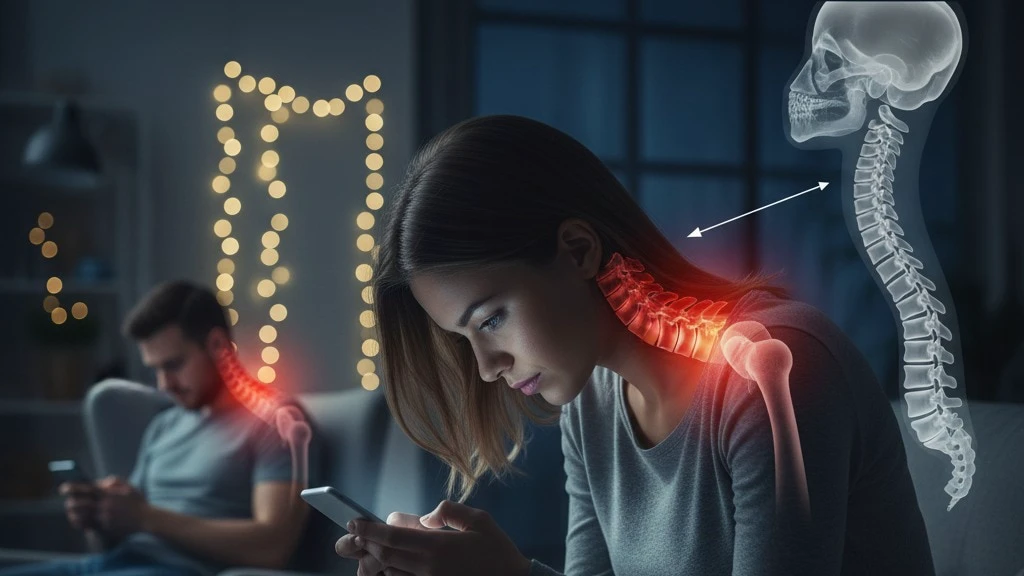If your neck hurts after scrolling on your phone for hours, you’re not alone. Orthopaedic experts are warning that excessive screen time and bad posture are leading to early spine problems in teenagers and young adults.
Many spend over three hours daily on smartphones, often lying on their stomachs or slouching on beds positions that put immense pressure on the spine.
According to Dr. Sumit Batra, Orthopaedic and Joint Replacement Surgeon at Marengo Asia Hospitals, Faridabad, “Excessive screen time and poor posture are leading to spine and bone problems in young adults.” He adds that the modern lifestyle, long hours spent on handheld devices with the head bent forward is putting unnecessary stress on the cervical spine, muscles, and nerves.
TEXT NECK AND THE SILENT DAMAGE IT
Spending 5 to 7 hours a day with your head tilted towards your phone is now being called the “text neck” phenomenon. It strains the muscles, nerves, and bones in the neck, leading to chronic pain and stiffness. Dr. Batra explains that when a person leans forward or hunches over for hours, it places three to five times more pressure on the intervertebral discs in the back and neck.
Over time, this causes disc degeneration, wear and tear of spinal joints, and even herniated discs in younger patients. “In the neck, that forward head posture flattens the natural curve and can cause headaches, tingling in the hands, or imbalance while walking,” says Dr. Batra. The damage often builds up silently until symptoms worsen.
WHY TEENS ARE NOW AT RISK
Spine problems are no longer limited to adults. A growing number of teenagers are visiting hospitals with posture-related back and neck pain. With reduced outdoor play and more time spent indoors, issues like vitamin D deficiency and weak muscles are becoming common.
Dr. Batra points out that most teenage back pain is mechanical, caused by poor posture, heavy backpacks, long screen hours, poor nutrition, or even inflammatory problems like ankylosing spondylitis. The latter is a form of arthritis that mainly affects the spine and sacroiliac joints, causing stiffness and pain in the lower back.
HOW TO PREVENT BACK AND NECK PAIN
Here are simple lifestyle changes that can help prevent or reduce spine problems:
1. Maintain a good posture while reading, writing, or working at a desk.
2. Eat a balanced diet with essential vitamins and minerals.
3. Get regular sunlight exposure to avoid vitamin D deficiency.
4. Exercise daily to build core and back muscle strength.
5. Avoid sitting in the same posture for long; stretch or move often.
6. Don’t bend forward to lift heavy items.
7. Use back support and take breaks during long drives.
